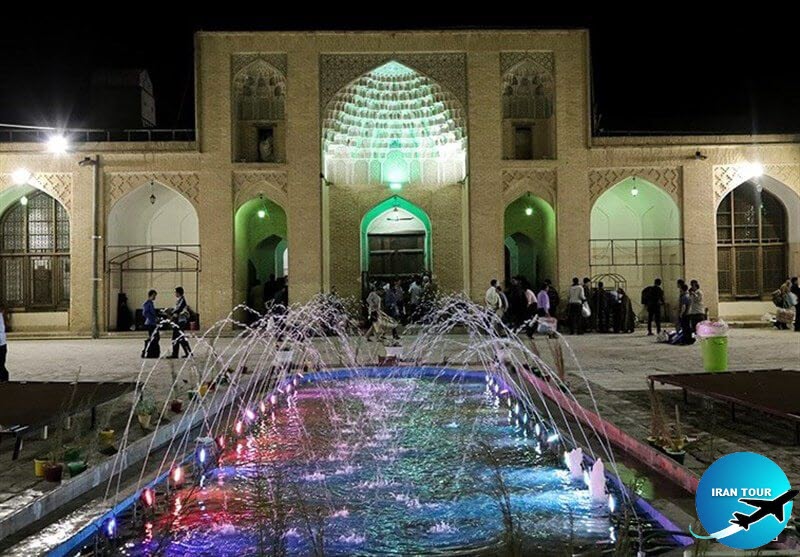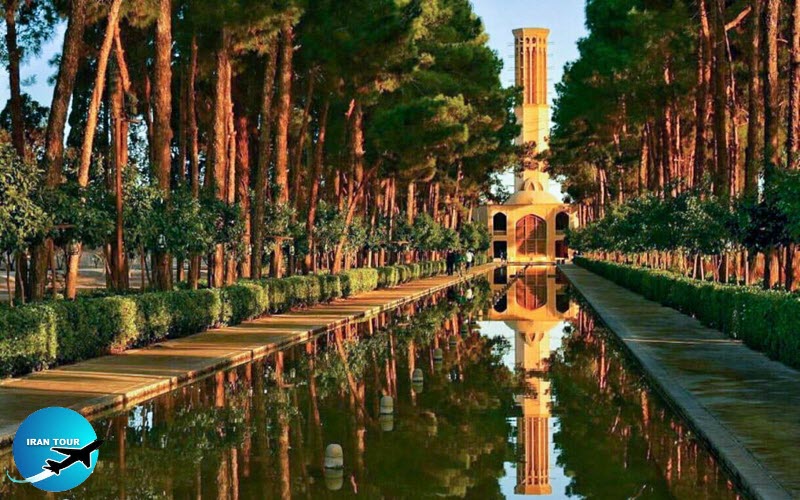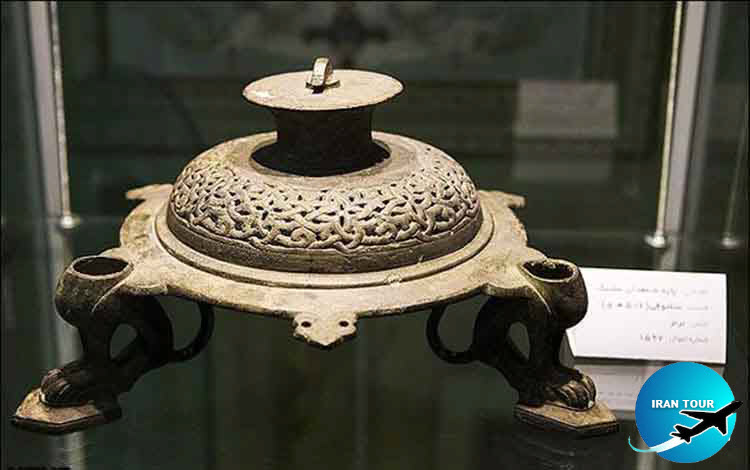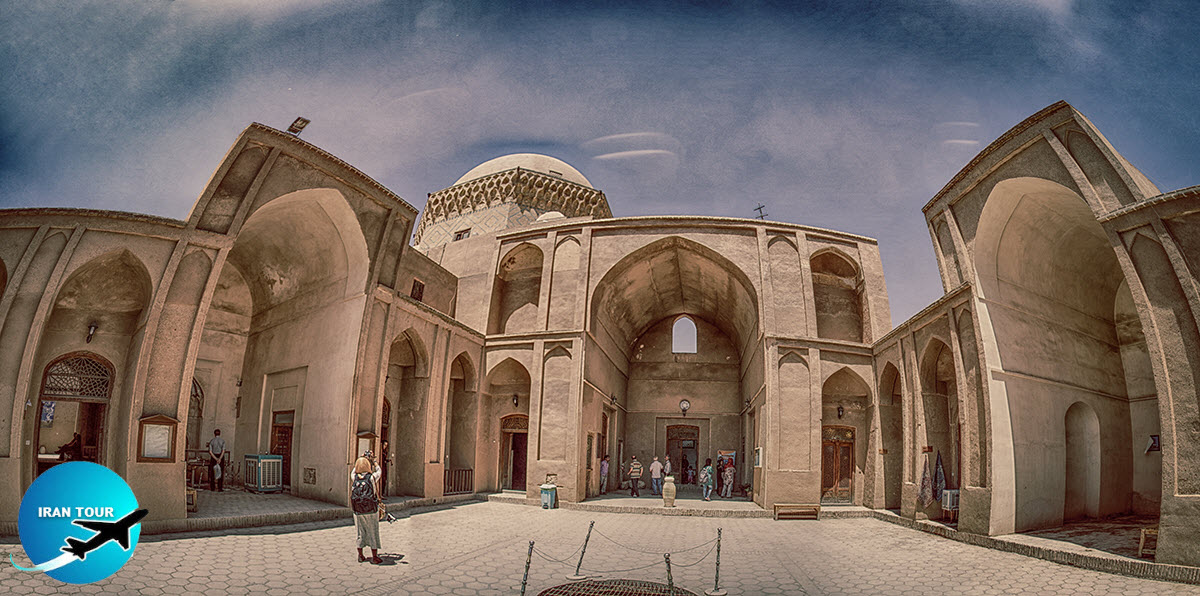Copyright 2020 - 2021 irantour.tours all right reserved
Designed by Behsazanhost
Subcategories
The Mullah Ismael Mosque
Molla Ismail Mosque is one of the biggest Qajar period mosques In the reign of Fath Ali Shah in Yazd Province, built by the late "Molla Mohammad Ismail Aqdai" in 19th century in the south of Khan Bazaar. Mullah Ismail Mosque is made of raw bricks and clay with mud and gypsum mortar. This mosque has 3 naves and a high porch and a dome with a diameter of about 16 meters.
- Details
- Category: Yazd Historical Sites
Dolatabad Garden
The Dolatabad Garden in Yazd is one of the most famous Iranian gardens, which has been registered by UNESCO as one of the Iranian gardens. This garden, like its other examples across Iran, shows the intelligence and ingenuity of the people of the desert region, who have created such a beautiful garden in the middle of the hot desert. This garden is among Iran's most beloved and iconic landscapes with distinctive properties, picture-postcard views of the stream, and historic Persian pavilions.
- Details
- Category: Yazd Historical Sites
Water Museum
Water, as a natural element, plays an extraordinary role in life, especially in desert areas. Water has a unique ability to stimulate the human mind and all human beings have an instinctive interest in water, which is why they have always sought to store water. This storage is more important in desert areas. The city of Yazd, one of the driest regions of Iran, has always faced water shortages.
- Details
- Category: Yazd Historical Sites
Mirror and Lighting Museum
One of the most important features of Yazd is the desert architecture of this region, which has a great effect on the construction of residential houses and the creation of various techniques to survive in harsh desert conditions. The architecture of Yazd houses has different techniques and the decorations and elements of it have distinguished it among other Iranian houses.
- Details
- Category: Yazd Historical Sites
Alexander's Prison
This 15th-century domed school is known as Alexander’s Prison because of a reference to this apparently dastardly place in a Hafez poem. Whether the deep well in the middle of its courtyard was in fact built by Alexander the Great and used as a dungeon seems doubtful, no matter what the guide says. The building is worth a look for the small display in the old city of Yazd.
- Details
- Category: Yazd Historical Sites




